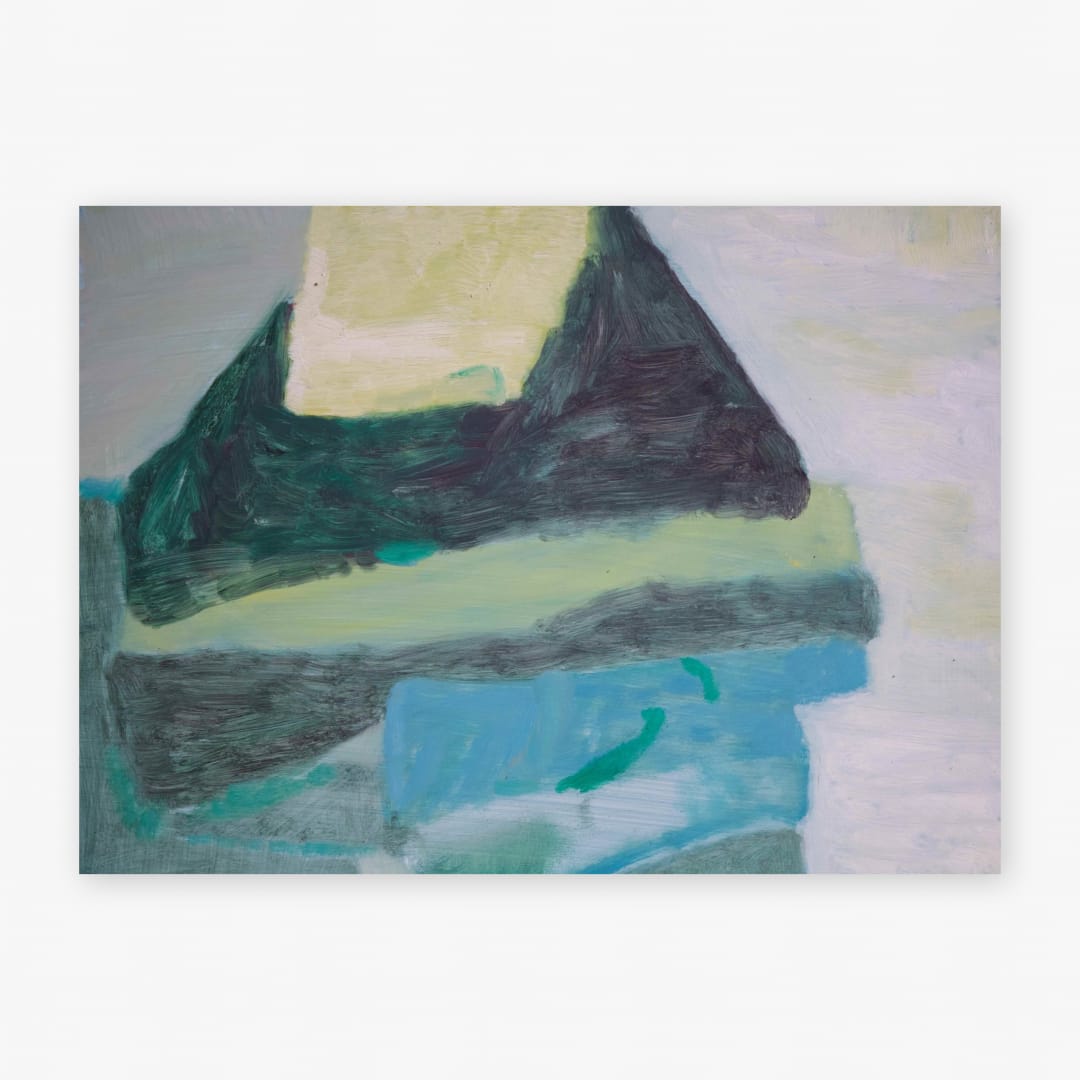Inga Dalrymple’s paintings and drawings transcribe an unfolding dialogue with memory in their materiality and method. Based in Sydney on Gadigal land, she graduated from the National Art School (NAS) in 1997 and shortly after pursued a career in education. In and among life’s demands, Inga continues to trace her associative encounters in visual notes later transcribed in the studio. She has participated in numerous Australian and international group exhibitions, held two solo shows, and been a finalist in five regional art prizes. In addition to her practice, she volunteers at NAS Galleries. Inga is represented by Otomys, Melbourne, and Amelie Du Chalard, Paris.
To Inga Dalrymple, painting becomes a parallel for remembering, its transparencies and opacities, harmonies and discordances mirroring the ebb and flow of memory. Her compositions, layered with traces of accumulations and revisions, echo the mind’s perceptual shifts. As Inga writes, “thoughts, like waves, rise and dissolve, sometimes leaving behind a residue, sometimes crashing into other thoughts or ideas – [they] loop, echo, contradict, build.” She continues: “The physicality of paint – its resistance, its fluidity – mirrors the way memory is shaped by time passing and reimagination. The process itself – layering, erasing, reconfiguring – becomes a record of time, a way of thinking through painting embracing both the possibilities and limitations of the materials.” In these reflections, colour serves as a vessel for feeling, conveying the emotional tone of remembered impressions, however ambiguous.
Inga’s paintings more often proceed from references gathered in the mind’s eye and in studio notebooks: the texture of a surface, a coincidence of unexpected hues, a shadow playing on a wall. She has long made a study of such subtleties, which, rather than propose a final image, are a place to begin, a way into abstraction. On Inga’s canvas, uncertainty is welcomed as a collaborative tool in picturing the intangible. “It’s this dance between doubt and decisiveness that keeps my practice rigorous,” she suggests. Working with a productive restlessness, the artist side-steps the conscious self that she might find a surprise encounter of form and feeling, an off-kilter balance or dazzling little discord composed of intent and intuition. These chance moments, the result of countless thoughts rehearsed in tone, line and gesture, offer thepictorial equivalent of a sudden clarity of insight – startling in its realisation, a long-forgotten memory returned.
Written by Lucienne Bestall
